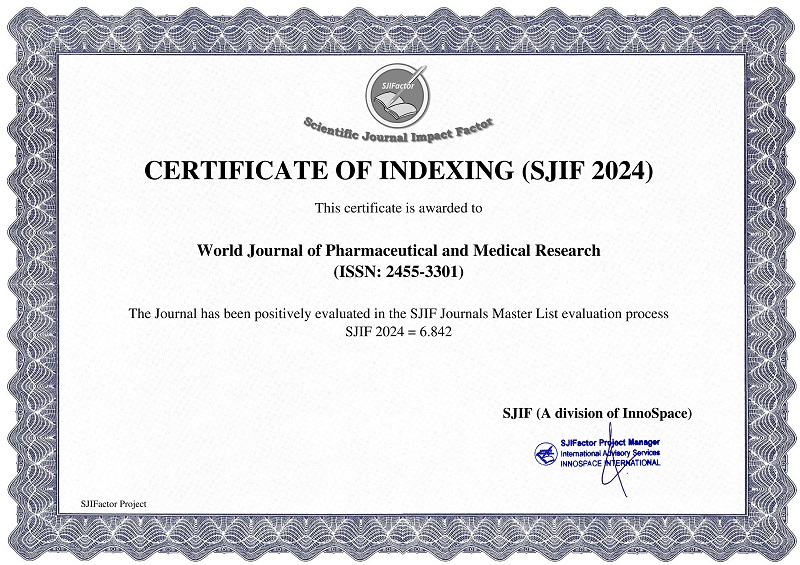BENIGN PROSTATIC HYPERPLASIA AND HOMOEOPATHY: A COMPREHENSIVE APPROACH
Dr. Shri Mohan Sharma, Dr. S. N. Sharma, Dr. Hari Shankar Tiwari*, Dr. Namrata Kushwaha and Dr. Sanskriti Mishra
ABSTRACT
Benign prostatic hyperplasia (BPH) refers to the non malignant growth or hyperplasia of prostate tissue. It is a common cause of lower urinary tract symptoms in men. Benign prostatic hyperplasia (BPH) is a histological diagnosis associated with unregulated proliferation of connective tissue, smooth muscle and glandular epithelium within the prostatic transition zone.(1)BPH may compress the urethra and result in anatomic bladder outflow obstruction; BOO may present as lower urinary tract symptoms (LUTS), infections, retention and other adverse events. Prostate gland mainly has two component: A glandular element made up of secretory ducts and acini; and a stromal element made up of collagen and smooth muscle. In BPH, cellular proliferation leads to increase in prostatic volume and increase in stromal smooth muscle tone. McNeal describes two phases of BPH progression. First phase mainly consists of an increase in BPH nodules in the periurethral zone while the second phase has a significant increase in size of glandular nodules.
[Full Text Article] [Download Certificate]



